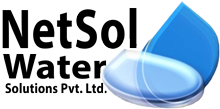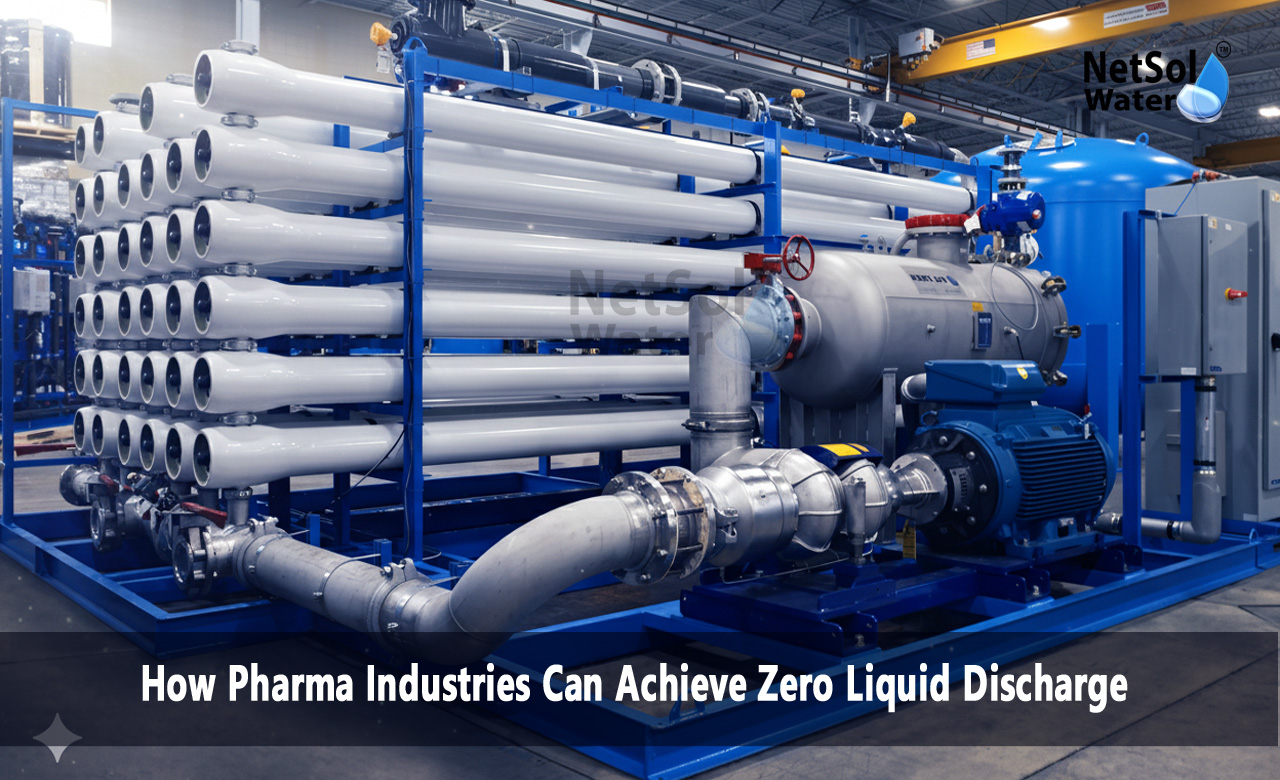How Pharma Industries Can Achieve Zero Liquid Discharge?
Water is among the most precious inputs in the pharmaceutical sector. Lots of water are consumed in production, cleaning, etc. This creates much wastewater which normally bear chemicals, solvents, and other contaminants. To conserve the environment and comply with strict regulations, pharmaceutical companies should adopt advanced wastewater treatment technologies. One of the most significant techniques is Zero Liquid Discharge, in which there is zero discharge of liquid waste into the environment. It is significant to understand How Pharma Industries Can Achieve Zero Liquid Discharge for sustainable promotion and reduction of the environment.
Why ZLD Is Significant to Pharma Industries?
The pharmaceutical sector produces complex wastewater containing active pharmaceutical ingredients, solvents, and other harmful chemicals. The untreated wastewater would be toxic to water bodies, land, and human beings.
Governments and pollution boards now compel industries to employ strong wastewater treatment procedures to minimize pollution. By focusing on ZLD, pharma industries not only get regulated but also conserve water by reusing and recycling treated water. It is thus crucial to find out the manner in whichPharma Industries Can Achieve Zero Liquid Discharge efficiently.
Core Principles of ZLD
ZLD is the wastewater treatment technology with a goal of not discharging any liquid effluent from the facility. The key ideas are:
· Maximum Water Recovery: Wastewater treatment with the intent of recovering as much pure water as possible to recycle into the production processes.
· Concentration of Residual Waste: Reducing the volume of liquid waste by concentrating to a usable solid.
· Safe Solid Disposal: Safe handling and disposal of the residual solid waste to prevent environmental pollution.
Through strict adherence to these principles, Zero Liquid Discharge is possible in Pharma Industries with compliance and sustainability.
Key Technologies for Achieving ZLD in Pharma Industries
ZLD is possible with the help of an integration of state-of-the-art technologies which can be used to the real content of pharmaceutical wastewater. The technologies most widely used are mentioned below:
1: Pre-Treatment of Effluent
The pharmaceutical effluent is typically loaded with chemicals and organic matter that can be detrimental to equipment downstream. Pre-treatment is screening, neutralization, and oil or solvent removal so that the effluent can be treated further.
2: Biological Treatment
Aerobic and anaerobic treatment are two of the biological processes employed to break down biodegradable organic material. These reduce the chemical oxygen demand (COD) and biological oxygen demand (BOD), which play crucial roles in effective downstream treatment.
3: Membrane Filtration
Ultrafiltration (UF) and reverse osmosis (RO) technologies are critical to water quality recovery. Membrane systems are used to remove dissolved salts, fine particles, and other pollutants that allow recovered water to be recycled in utilities or to make in manufacturing.
4: Evaporation and Crystallization
These form the center of any ZLD plant. The treated brine concentrate is heat-evaporated to evaporate the rest of the water. The remaining solids are further treated in crystallizers to ensure that no liquid effluent is discharged.
5: Sludge Handling
The residues that are solid in nature formed during evaporation and crystallization need to be disposed of in an environmentally friendly process. Drying beds, disposal plants under licenses, or incinerators are mostly utilized by majority of the factories to dispose residues.
All these combined technologies show how Pharma Industries Can Achieve Zero Liquid Discharge with least environmental burden.
Challenges in Achieving ZLD for Pharma Industries
Though ZLD brings immense environmental benefits, some of the problems faced by pharmaceutical industries in implementing it are:
· Capital-intensive costs: It requires a lot of money to start technology like RO, evaporators, and crystallizers.
· Energy Consumption: Energy-intensive thermal evaporation techniques raise the cost of operation.
· Complexity in composition of wastewater: Because of the inclusion of solvents, antibiotics, and other chemicals, treatment processes have to be specialized.
· Sludge Disposal: Solid waste generated during ZLD operations is the disposal problem, both a logistical and environmental concern.
Addressing these problems is the key to making it economically and sustainably possible for Pharma Industries to adopt Zero Liquid Discharge.
Best Practices for Successful Implementation of ZLD
In resolving the challenges and making ZLD systems function efficiently, the following best practices can be followed by the pharmaceutical industries in overcoming the problems:
· Performing a Total Effluent Analysis: Understanding the nature of wastewater helps one make the appropriate choice of treatment technologies.
· Investing in Energy-Efficient Equipment: New evaporators and membrane units are energy savers.
· Maintenance and Monitoring: Proper functioning of ZLD plants involves regular monitoring and preventive maintenance.
· Training Personnel: Well-trained personnel manage ZLD equipment efficiently and address problems quickly.
· Association with Expert Technologists: Through the assistance of skilled wastewater solution specialists, the system could be managed and constructed more effectively.
With such strategies implemented, Pharma Industries Can achieve Zero Liquid Discharge more economically and effectively.
Benefits of ZLD for Pharmaceutical Firms
In various ways, implementation of ZLD benefits pharmaceutical firms:
· Regulatory Compliance: ZLD assists companies in following stringent pollution control regulations.
· Water Conservation: Consistent recovery rates preserve fresh water usage, essential for water-deficient regions.
· Environmental Protection: Liquid discharges removal prevents contaminating rivers, lakes, and aquifers.
· Reputation and Sustainability: ZLD implementing companies are concerned about sustainability, improving reputation.
Conclusion
The shift to Zero Liquid Discharge has become necessary for the pharmaceutical sector—enforced by sustainable development and environmental efficiency. By adopting new treatment technologies, solving problems, and embracing best practices, Pharma Industries Can Achieve Zero Liquid Discharge. This not only safeguards the natural water sources but also promotes circular economy through facilitating water reuse and green waste treatment. With pharma all over the world continuing to innovate, ZLD will be the cornerstone of sustainable pharma manufacturing.
Do you need an advice or assistance on selecting the best water and waste water treatment unit? We have solutions for all your problems!
Let us know your problem, our experts will make sure that it goes away.
For an assistance or related query,
Call on +91-9650608473 Or write us at enquiry@netsolwater.com



